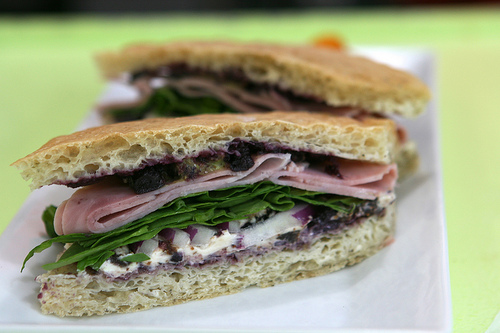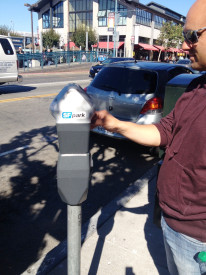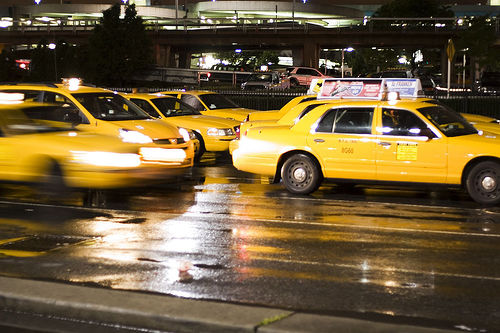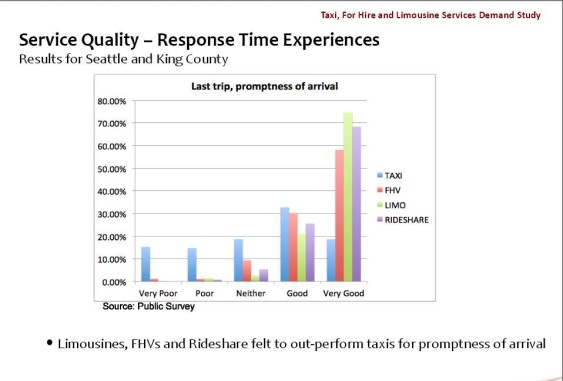You see that picture? That’s one whole year of my junk mail. Almost 33 pounds of it. A 20 inch stack of expensive, forest-destroying, unwanted trash.

And that’s nothing! I’m five years into a crusade to defend my little mailbox from paper spam. A typical Seattle household gets three times as much: 100 pounds a year. In 2009, when I last did a 365-day count, my stack was four inches taller and weighed in at 50 pounds. That was after I’d already spent hours beating back the onslaught with the help of Catalog Choice, the de-junking website. I’ve done more of this tedious work since, opting-out online and calling customer service numbers, and I’ve pushed my tally down first to 33 pounds (for calendar year 2012) and, in the most recent six months, to the equivalent of 26 pounds per year.
Progress, yes, but it’s still an obscenity—to have to work so hard to keep other people from putting litter on my property. It’s also a drain on our communities: hauling away junk mail costs US cities and towns about a billion dollars a year.
Conclusion? Unchanged since 2009: we need a Do Not Mail Registry, just like the Do Not Call registry. Changed dramatically since 2009, however, is the overarching trend: US mail volume is in free fall. More on that below.

The big win in the stack pictured above, which shows my ad-mail from calendar year 2012, was the complete absence of phone books. From 15 pounds and six books, I went to zero. Seattle’s Yellow Pages Opt-Out program worked! Unfortunately, in my 2013 stack (which covers the six months after I spent May aggressively unsubscribing to junk mail), one small phone book appeared, from Frontier Communications. I checked Catalog Choice and saw that I’d already told Frontier to skip me. If Seattle’s Yellow Pages law were still law, Frontier could have been fined for ignoring my request. Unfortunately, the Yellow Pages industry won a court challenge, so the fines are no longer in effect. Aggravating! Naturally, I have torn up the Frontier book and folded its yellow paper into a voodoo doll. I’ve been spending evenings tossing it in the air and catching it on my ice pick.
















